The NETGEAR WAP720 -
The WAP720 and 730 are the standard turtle style access point. They are intended to be installed on a ceiling or high up on a wall and be unobtrusive. As with most WAPs you get some of the same connection options. A 1Gps PoE Ethernet port (supports 802.3af), a standard power port (this power adapter is not included), a console port and a Kensington lock port. One thing that is unusual in the price class that the WAp720 and 730 are in is the dual external antenna connections. Not only do you get internal antenna, but you can set the configuration to use external antenna as well. Having this option is nice when you consider the market these are aimed at. NETGEAR also includes a mount in the box so you will not have to spend extra to get that.
 |
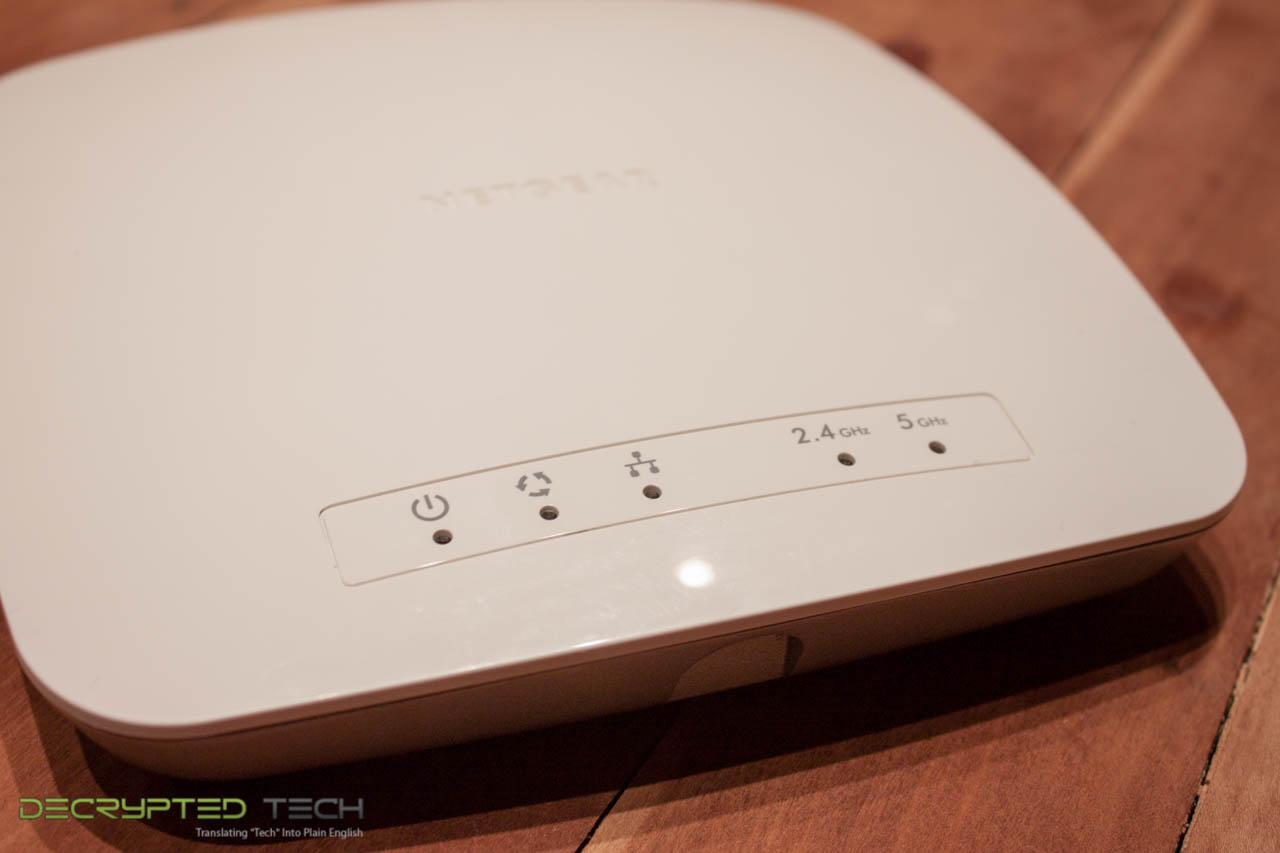 |
On the top of the WAP you have the standard lights to let you know things are going on. Power, activity, Ethernet, and then a light for each type of radio that is operational; 2.4GHz or 5GHz.
The size of the WAP720 and 730 is much smaller than the older series of WAPs from NETGEAR. They have reduced the size of the WAP by about 40%. Under the hood things have also changed for the better. In the WAP720 you get two 2x2 radios one 5GHz and one 2.4GHz. These two radios have a potential bandwidth of 300 and 867Mb/s respectively (which combined is 1167Mbps). In the 730 this changes to 3x3 for 450Mb/s and 1.3Gb/s potential speeds. Sadly these are still wave one WAPs so they do not have Multi-User MIMO yet.
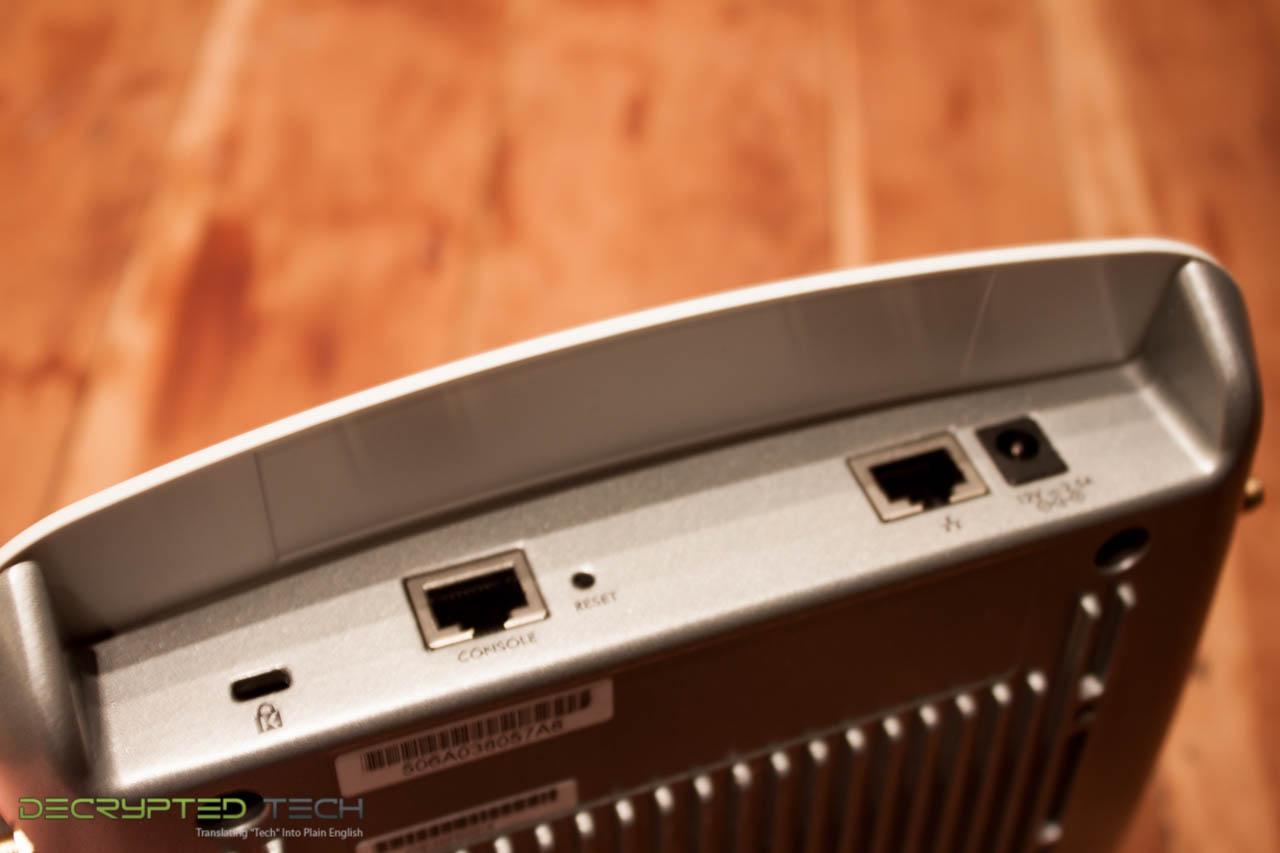 |
 |
Both WAPs support beamforming. Beamforming has been used for a while in cellular communication and has been moving into wireless over the past couple of years. It is a technique that improves over the more traditional omnidirectional antenna (which sends out the signal in all directions regardless of where the user is). Beamforming can help overcome limitations in lower power mobile devices by appearing to establish a directional link with the device. It can also help get around orientation issues with tablets. If you are not familiar with this fun issue it happens when someone moves a tablet from horizontal to vertical. The change in orientation changes the layout of the antenna and can cause signal interference. By using beam forming this issue is less of a problem. This is a massively over-simplified version of beanforming and does not even touch on the multiple number of ways you can do this, but you get the point.
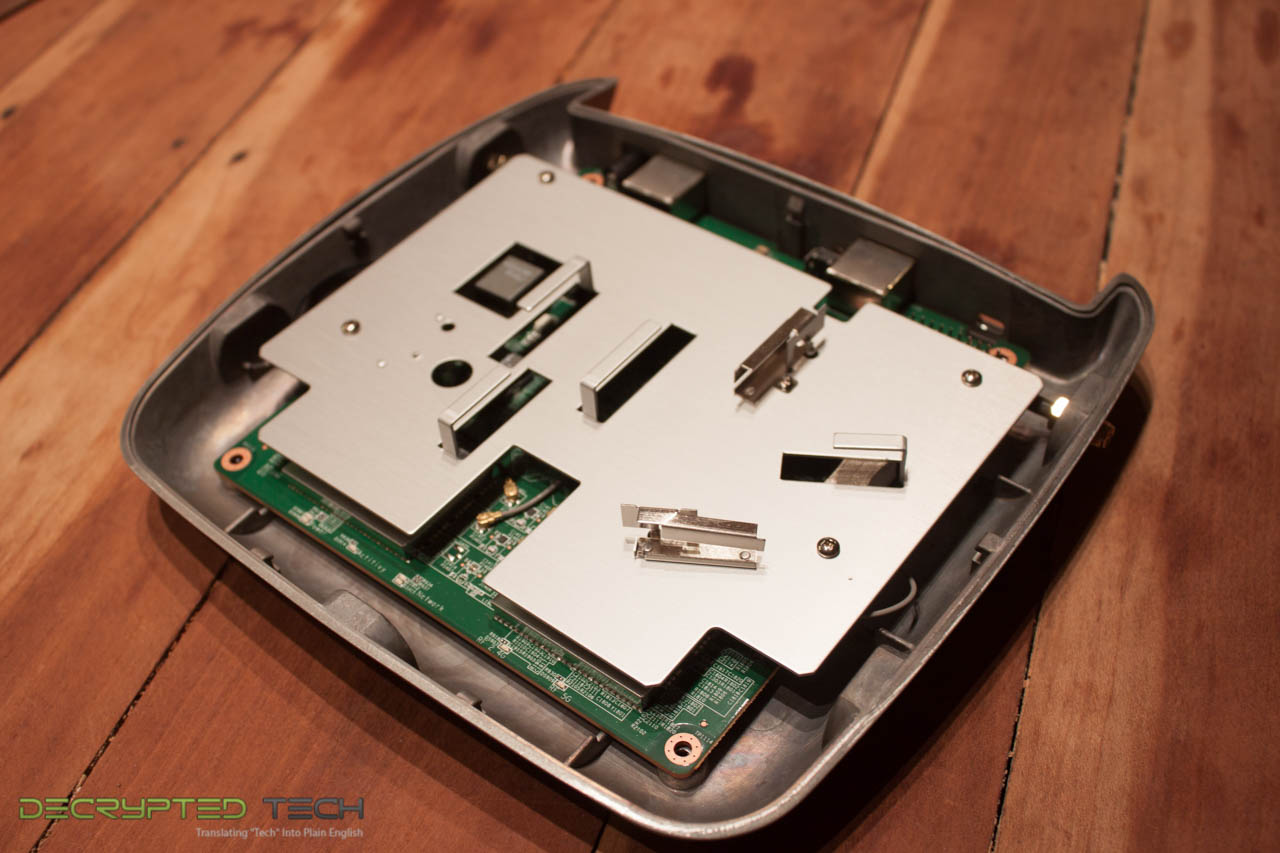 |
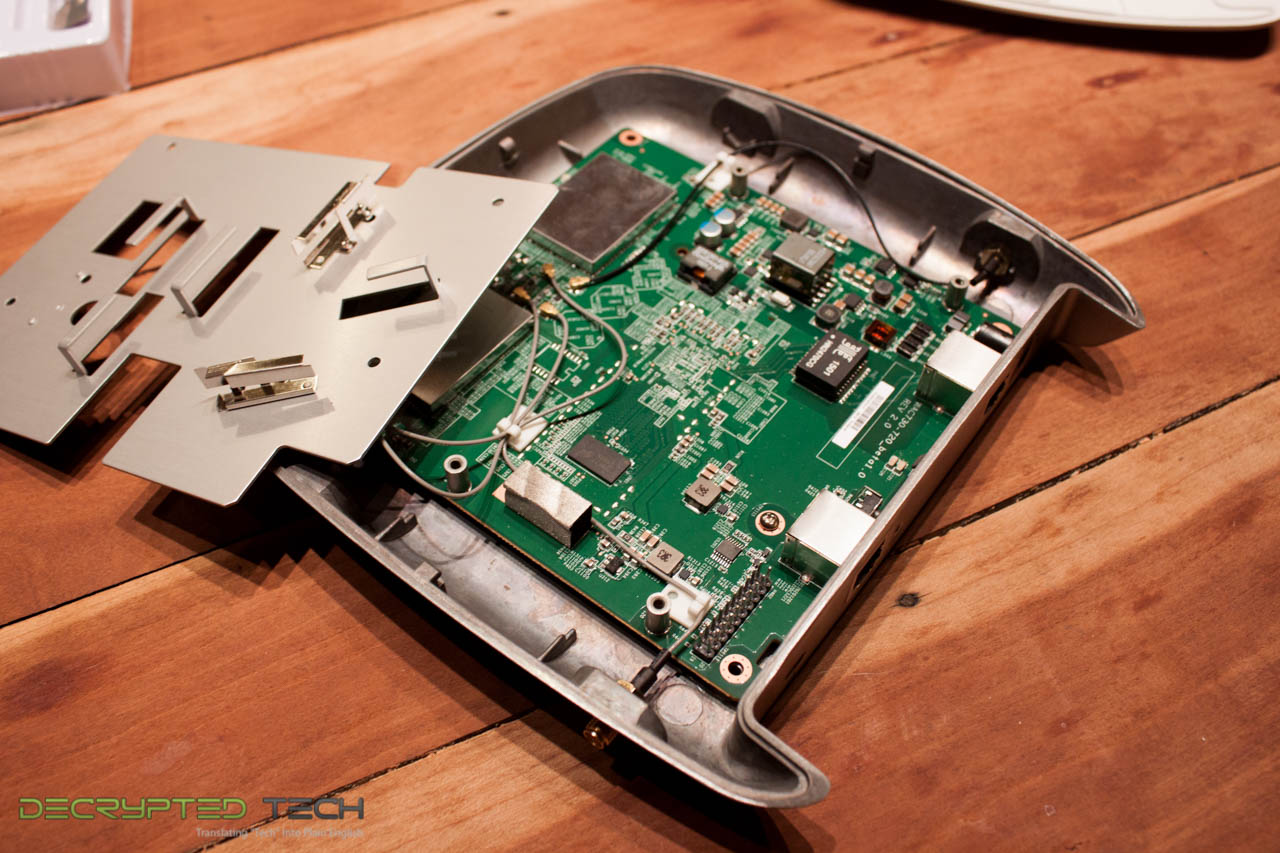 |
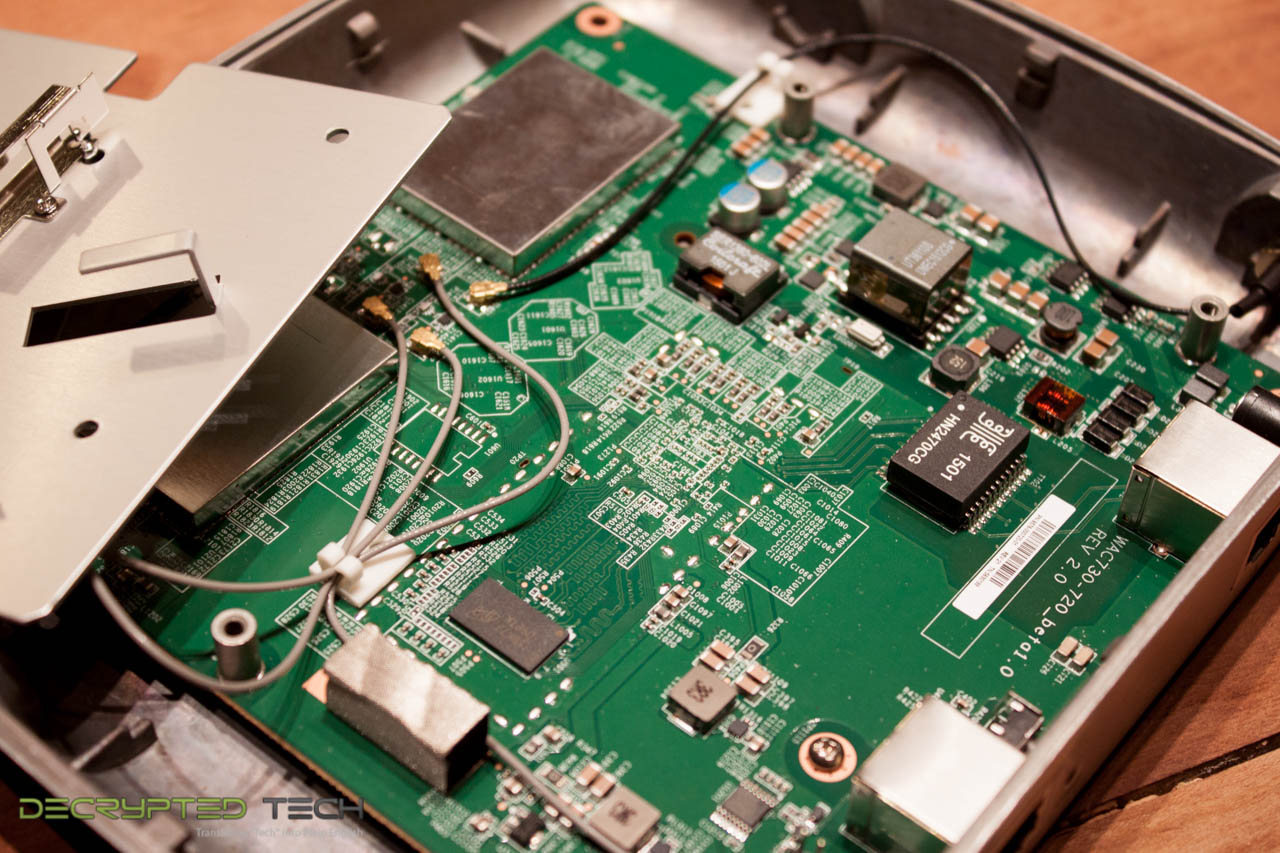 |
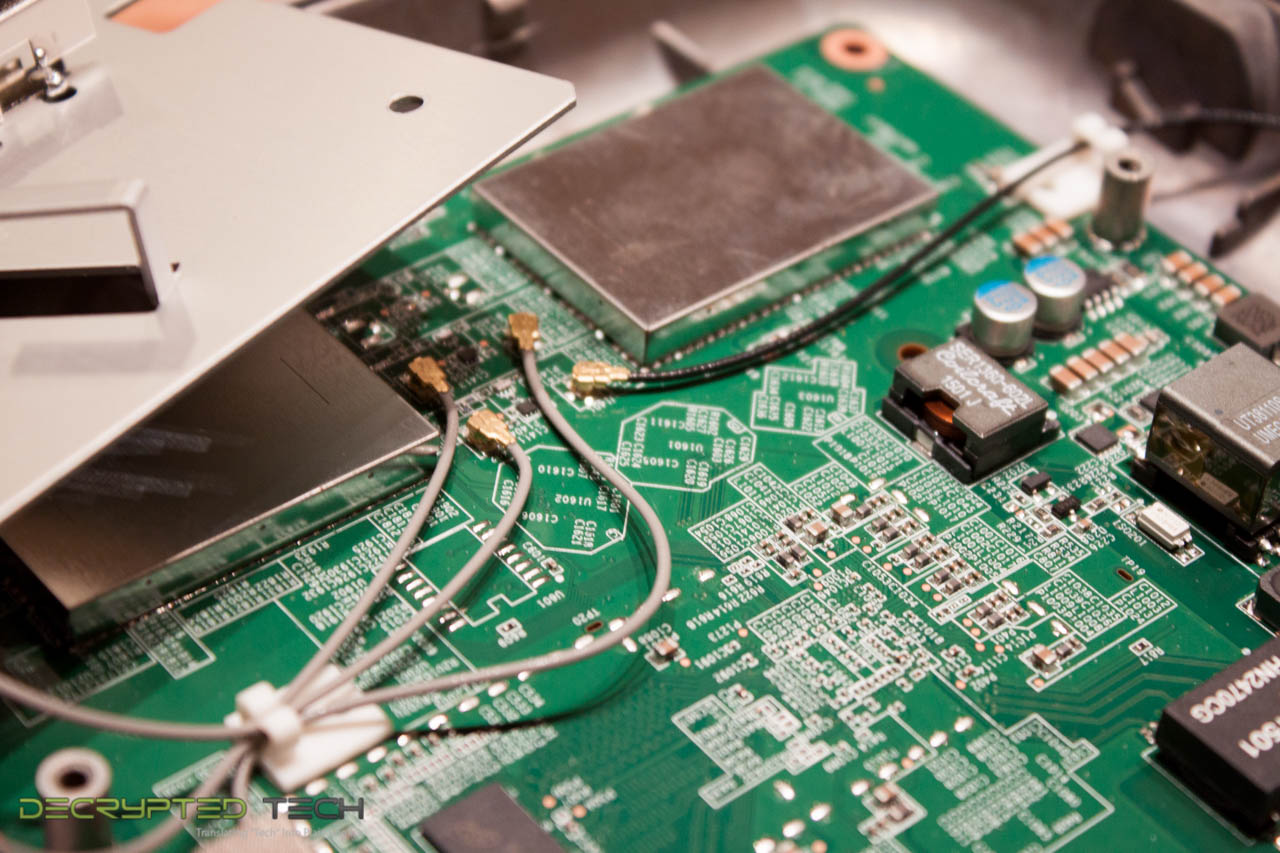 |
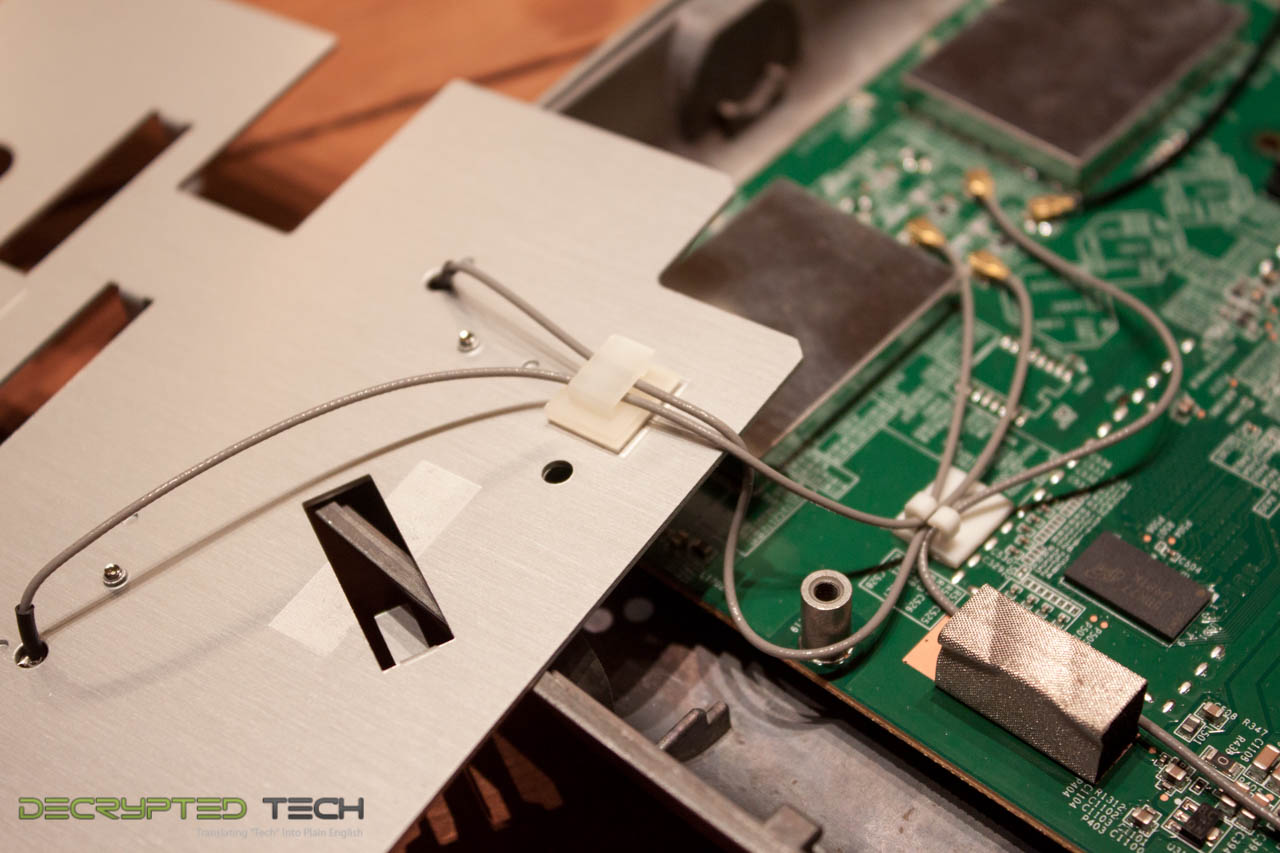 |
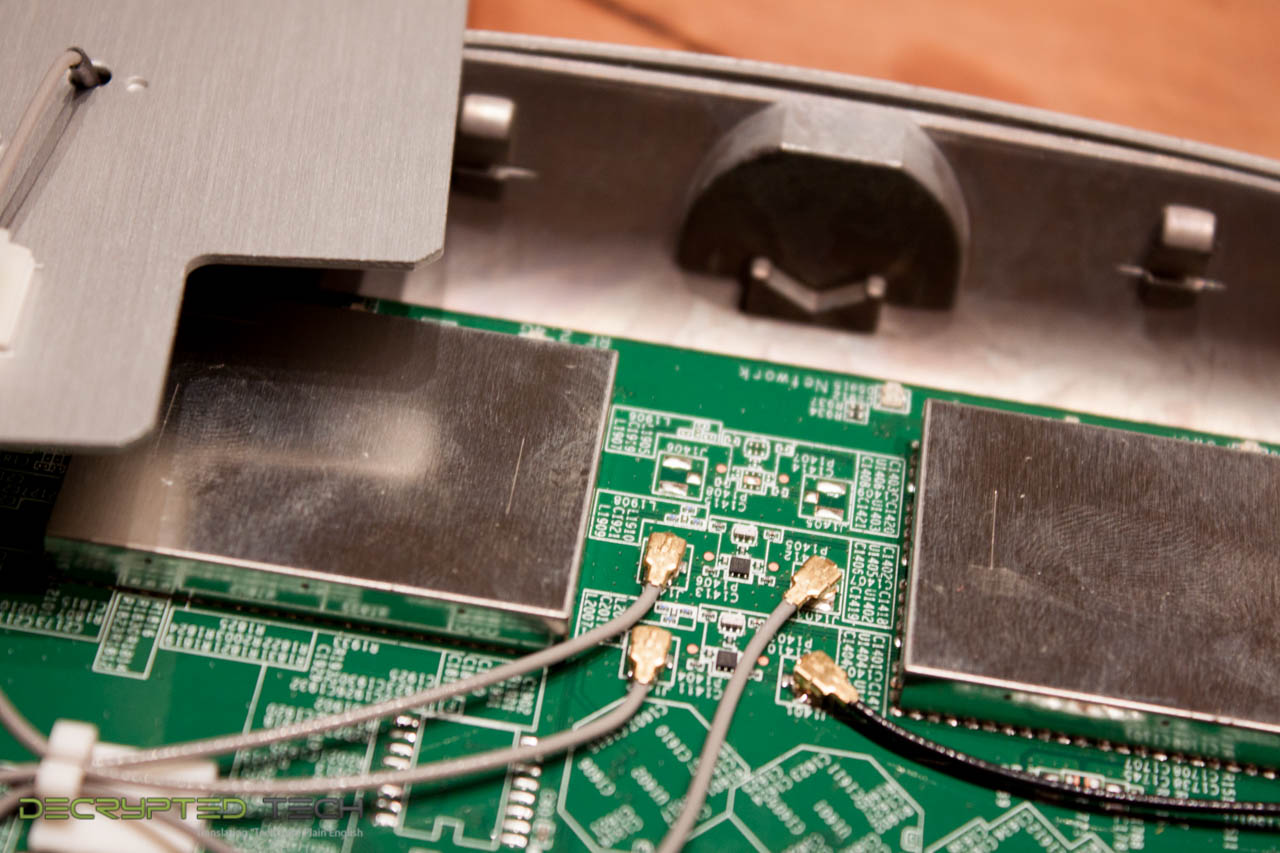 |
NETGEAR looks to have put some thought into the design of the WAP720 so let’s see if they can live up to their claims of simplicity and ease of management.




